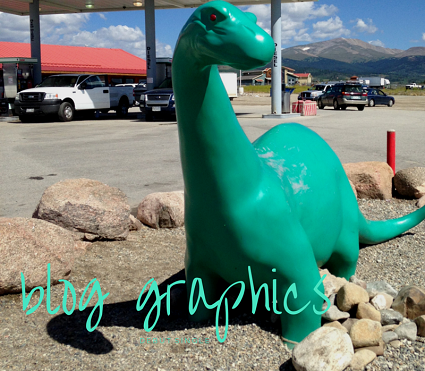Researching and writing a blog post can take time, and finding or creating the perfect graphic for a blog post can take even more time. How can you get the most from your graphics?
Plan ahead.
What do you want to accomplish with your blog images? Do you want a consistent, recognizable look that will strengthen your brand when readers pin your graphics on Pinterest? Do you want an ever-changing variety of interesting graphics that will draw visitors and make them like you? Do you want a low-key visual element that looks good and doesn’t distract from your text?
Make this decision with your web designer or your blogger and make your preferences clear. For the outdoor retailer blog shown below, we use authentic photos from outdoor adventures most of the time, filling in with stock photos when needed. The simple, colorful pictures resonate with people who like to get outdoors and have adventures,and we have outdoorsy people on our team, so we have the resources to take those photos.
Keep your resources in mind.
The corporate training company blog below relies on press images, screenshots, and stock images to illustrate blog posts. This is a practical way to make sure you have relevant images that support your text without requiring a large budget for graphic images.
The healthcare facility blog below uses stock images combined with their own in-house photos, both professional photos and snapshots. The mixture keeps the look lively and friendly, which is just what the client wants. It’s hard for most companies to provide all the photos needed for regular blogging, so carefully-chosen stock photos help out.
We like to mix in illustrations and infographics, but providing custom graphics for every post is a pricey choice. If graphics are a high priority, make sure to budget for them in terms of time and money.
We include graphics in our blogging services, but make sure to be clear with your blogger on what you expect and what you’re willing to pay for.
Remember SEO.
Graphics aren’t a major plus for search engine optimization, but there are some basics you should keep in mind. Your professional blogger should know these things already, but an in-house person might not.
- Optimize images. That always means reducing image size as low as is consistent with good quality. Depending on how your website is built, it may mean specifying a particular size or it may mean being sure not to do so. Check with your designer.
- Use alt text well. If your photos have no alt text or the alt text is not useful for search, you’re missing an opportunity. Use geographic locations, product names, or major keywords, but keep in mind that alt text is intended to help people with visual limitations, so keep it honest.
- Don’t ignore design. Google may not care how your images and text line up, but people do, and people are the ones who share and link to your posts. Google’s top goal is a great experience for users, and this is definitely part of that great experience. Have your web designer set up a good Featured Image property for your blog so your images will always be placed correctly.
Give some thought to your graphics as you plan your blogging strategy, get input from your web designer, and clearly convey your expectations to your blogger, and your blog graphics will be a help and not a hindrance to your company website.






Leave a Reply